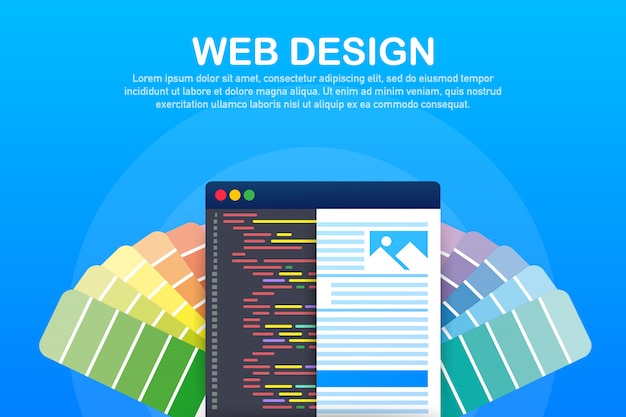
As web applications continue to evolve and become more complex, the choice between using microservices or a monolithic architecture becomes increasingly important. Both approaches have their merits and downsides, and striking a balance between flexibility and complexity is crucial for successful application development.
Monolithic Architecture
Monolithic architecture is the traditional approach to building web applications. It involves creating a single, unified application in which all modules are tightly integrated and depend on each other. Any change or update to one module often requires rebuilding the entire system.
Benefits of Monolithic Architecture
- Simplicity: Monolithic architecture is easier to understand and develop, especially for small-scale projects with simpler requirements.
- Performance: In a monolithic application, all modules run within a single process, reducing the overhead of inter-process communication.
- Easier to deploy: Since all modules are part of a single application, deployment is simpler and less error-prone.
Drawbacks of Monolithic Architecture
- Scalability: Monolithic applications are challenging to scale horizontally as the entire system needs to be replicated. Vertical scaling is limited by the available resources of the hosting environment.
- Technology lock-in: In a monolithic architecture, all modules use the same technology stack, making it difficult to leverage new technologies or frameworks without significant changes.
- Code maintenance: As the application grows, maintaining and adding new features to a monolithic codebase can become cumbersome and time-consuming.
Microservices Architecture
Microservices architecture, on the other hand, is an alternative approach that emphasizes the separation and independence of components. Instead of building a single, monolithic application, developers build a set of smaller, loosely coupled services that communicate with each other through APIs.
Benefits of Microservices Architecture
- Scalability: Each microservice can be scaled independently, allowing for better resource utilization and the ability to handle increased load more efficiently.
- Flexibility: Developers can choose the most suitable technology stack for each microservice, enabling faster adoption of new technologies and allowing teams to work in parallel.
- Code maintenance: With a smaller codebase for each microservice, maintenance and addition of new features become less complex and error-prone.
Drawbacks of Microservices Architecture
- Complexity: Managing and coordinating different services can introduce additional complexity. Developers must handle inter-service communication, data consistency, and fault tolerance.
- Operational overhead: Deploying and monitoring a distributed system can be more challenging than a monolithic application. Additional tools and processes are needed to manage microservices effectively.
- Data consistency: Ensuring data consistency across multiple services can be a challenge. Transactions become more complicated as they often involve multiple services.
Finding the Right Balance
While both architectures have their advantages and disadvantages, the choice ultimately depends on the specific requirements and constraints of the project. Striking the right balance between flexibility and complexity is essential. Here are some factors to consider when making the decision:
- Project Size and Complexity: For small projects or simple applications, a monolithic architecture may be more suitable due to its simplicity and ease of development.
- Team Size and Structure: Microservices architecture aligns well with large, cross-functional teams where each team can independently develop and deploy its microservice.
- Scalability: If anticipating significant growth, a microservices architecture can provide better scalability options by allowing individual services to scale independently.
- Technology Stack: If the project requires different technologies or frameworks for each module, microservices may be a better fit as it allows for flexibility in choosing the appropriate stack.
- Deployment and Maintenance: Consider the operational overhead, deployment complexity, and maintenance efforts required for each architecture.
Conclusion
Choosing between microservices and a monolithic architecture is not a one-size-fits-all decision. It involves carefully considering the project's requirements, scalability needs, team structure, and maintenance efforts. By finding the right balance between flexibility and complexity, developers can build robust and scalable web applications that meet their specific needs.
本文来自极简博客,作者:秋天的童话,转载请注明原文链接:Microservices vs. Monolithic Architecture: Balancing Flexibility
